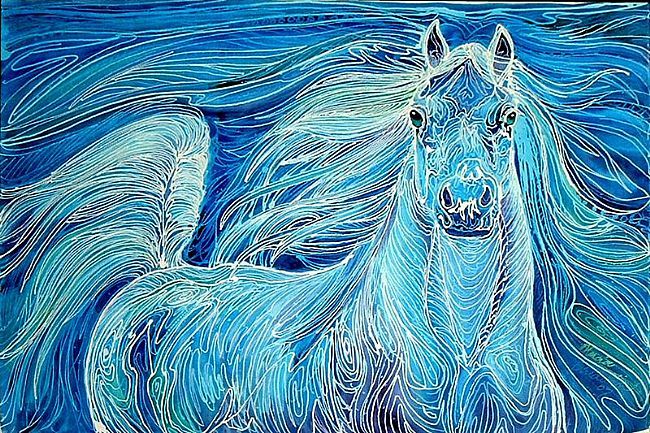
In the mid-20th century, artist Ad Reinhardt eliminated all traces of representation in the all-black monochrome paintings he made beginning around 1953 until his death in 1967. Yet it still suggests the potency present in a simple block of color, relying on the black/white contrast to raise questions about presence, absence, signs, and symbols. (100 years later, researchers discovered that underneath the composition, Malevich scrawled a reference to a 1882 work by Paul Bilhaud, the first-ever documented monochrome: “Battle of negroes in a dark cave.” This incited controversy over Malevich’s similarly racist starting point.) Black Square isn’t technically a monochrome, as it depicts a specific figure-a black shape-on a white background. Rodchenko found inspiration in the work of Russian artist Kazimir Malevich, who introduced his Black Square painting in 1915. He sought to demystify painting, suggesting it was as basic and mundane as any other act of creation. Rodchenko, says Dickerman, was asking, “‘In what ways can we understand a painting as just making a thing like any other?’ And the monochrome makes that question, and the material of making a painting, very visible.” If these concepts may seem academic or erudite, Rodchenko intended just the opposite. By painting solid blocks of primary colors, he reduced painting to its most essential element: a single, pure paint hue. According to Leah Dickerman, curator at the Museum of Modern Art, a monochrome painting is “only as good as the question it asks.” She helped curate a 1998 exhibition of work by Aleksandr Rodchenko, who made the first non-figurative monochromes in 1921: Pure Red Color Pure Blue Color and Pure Yellow Color. In this vein, the value of monochrome paintings often lies more in the ideas they suggest than in their manifestation of an artist’s technical skill. The artist’s “Monochromatic Jokes” made monochromatic paintings truly readable to any literate viewer.

Artist Richard Prince turned the genre into an actual joke when, in the late 1980s and early ‘90s, he silkscreened humorous text against single-hued backdrops.
/8231178822_738f0c47cd_o-57c734135f9b5829f46e9338.jpg)

It’s easy for museumgoers to make fun of monochrome paintings, since they offer the quintessential response to modern and contemporary art: “Couldn’t anyone do that?” To some viewers, the works simply require one paint can and lots of brushstrokes.


 0 kommentar(er)
0 kommentar(er)
